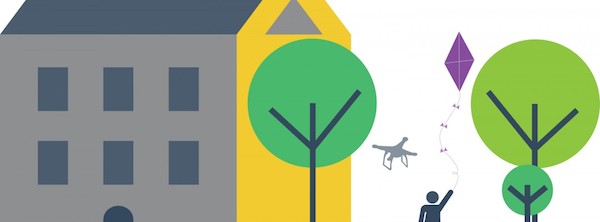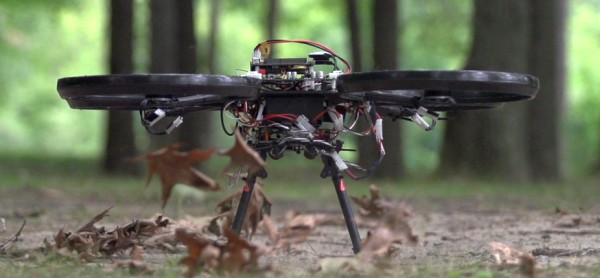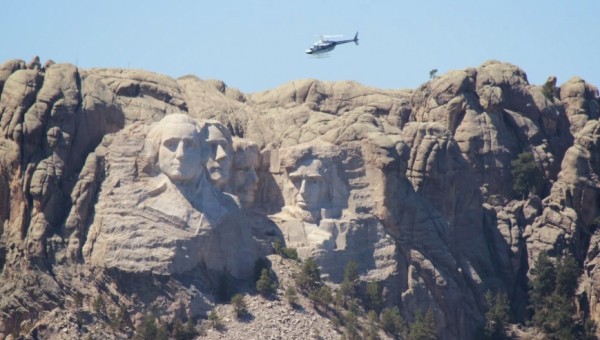Podcast: Play in new window | Download (Duration: 30:54 — 17.8MB)
 Smith College presents drones to the local community, a droner gets tased, and surveillance drones at London airports.
Smith College presents drones to the local community, a droner gets tased, and surveillance drones at London airports.
Commercial Drones in Our Backyards and Communities: How New FAA Rules for Unmanned Aircraft Could Impact the Pioneer Valley
Smith College in Northampton, Massachusetts conducted a presentation introducing the public to unmanned aircraft. The free March 4, 2015 event featured three speakers from the College, a display of small UAVs, and even an indoor flight demonstration.
Speaking for Smith College were:
- Paul Voss, Associate Professor of Engineering
- Jon Caris, Director of the Spatial Analysis Lab
- Robert Newton, Professor of Geosciences
The audience had an opportunity to learn what drones are and the many good uses to which they can be put, including Smith College research to map coral reefs in Belize. The current regulatory environment was explained, including the impact on academic institutions and the community at large.
After the event, we recorded an interview with Paul Voss and Jon Caris which includes how academic research is treated as a commercial operation, the anticipated Air Lab, student interest in unmanned aircraft, and NPRM concerns and issues.
Links
Research by Smith College Students and Faculty – Including mapping coral reefs in Belize.
Commercial Drones in Our Backyards? – The event webpage.
Event Flyer [PDF]
@AIR_lab on Twitter, the Aerial Innovation and Robotics Lab
Academic Safety Code for Small Airborne Objects on Institutional Property – The SAO Safety Code was developed by researchers in science and engineering from colleges and universities across the United States. It is intended to guide non-commercial teaching and research activities as well as the common recreational uses of model aircraft, kites, and other SAOs on college and university campuses.
News
Father chased down and TASED by ranger for flying his drone in national park while his terrified daughter screamed ‘leave him alone!’
A man takes his quadcopter and family to visit the lava lake at Hawai’i Volcanoes National Park, and ends up getting tased.
London airport police to use surveillance drones
The National Counter Terrorism Policing Headquarters has determined that surveillance drones are a “transformative” technology. After a successful test at London Gatwick airport, drones will be deployed at Heathrow, Stansted, Luton and City airports over the next 18 months.
Videos of the Week
Drone Footage Shows Nepal Earthquake Damage
Drone footage recorded over the Nepalese capital Kathmandu shows the scale of destruction following a major earthquake.
Nepal earthquake: Drones used by Canadian relief team
The Toronto-based humanitarian organization GlobalMedic is using three UAVs to collect thousands of high-resolution photographs of the area. GlobalMedic founder and executive director Rahul Singh says, “We’re cross-stitching thousands upon thousands of images onto maps. And they show us everything.”



